Sight word lessons and sight word books
Are you teaching sight words to young readers?
You’re in the right place!
In this post I’ll show you exactly how to teach sight words using hands-on lessons and free printable sight word books.
But first things first …
What ARE sight words, anyway?It depends whom you ask.
When reading researchers use the term sight words, they’re referring to the words that a reader recognizes instantly, on sight.
Sight words can also refer to words that our readers encounter frequently when reading. That’s the definition I’ll be using here. We want our readers to know these words instantly as they work to become fluent readers.
It’s time to rethink how we teach sight words.I used to think that when we teach sight words to young readers, we should teach them as whole words. This is why I used to share a collection of sight word books that taught the words through repeated exposure. (Those will soon disappear from the site and my shop.)
But research is telling us that this isn’t how the brain learns to read.
In order for kids’ brains to make new words a part of their permanent sight word vocabulary (the fancy word for this is orthographic mapping), they need to connect the sounds to the letters.
In other words? Sound it out.
Integrating high-frequency words into phonics lessons allows students to make sense of spelling patterns for these words. – readingrockets.org
I know what you’re thinking.
What about words that we CAN’T sound out?We call attention to the parts of the word that are phonetic (and there’s usually at least 1-2 of them). Then we teach learners to learn the tricky parts by heart.
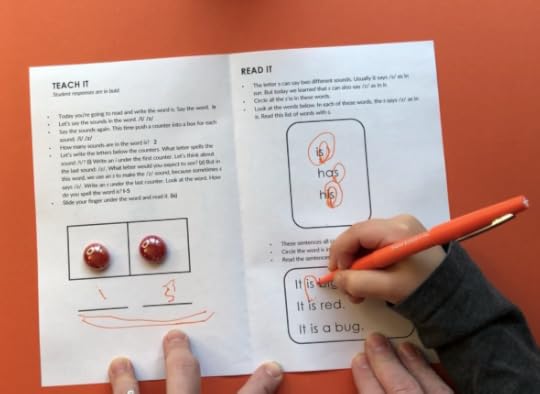 How to teach high frequency words to young learnersFirst, know our goal here. Our goal is not to teach loads of sight words as whole words, because kids need to connect the sounds to letters when reading. Instead, our goal is to integrate sight word learning with phonics instruction.Next, we need to make sure our learners are ready to sound out words. Not sure?
Check out this post.
All set? Great. Name the new word, and have your learner repeat it.Name the individual phonemes (sounds) in the word. For example, in the word is, there are two phonemes: /i/ and /z/.Spell the sounds. Call attention to any unexpected spelling. In is, we spell /i/ with i and /z/ with s.If possible, have your learner read related words. Has and his are great words to read alongside is because they are short vowel words with an s that represents the the /z/ sound.Have your learner read connected text. Connected text can be decodable sentences or books.Watch the video to see a sight word lesson in action …
How to teach high frequency words to young learnersFirst, know our goal here. Our goal is not to teach loads of sight words as whole words, because kids need to connect the sounds to letters when reading. Instead, our goal is to integrate sight word learning with phonics instruction.Next, we need to make sure our learners are ready to sound out words. Not sure?
Check out this post.
All set? Great. Name the new word, and have your learner repeat it.Name the individual phonemes (sounds) in the word. For example, in the word is, there are two phonemes: /i/ and /z/.Spell the sounds. Call attention to any unexpected spelling. In is, we spell /i/ with i and /z/ with s.If possible, have your learner read related words. Has and his are great words to read alongside is because they are short vowel words with an s that represents the the /z/ sound.Have your learner read connected text. Connected text can be decodable sentences or books.Watch the video to see a sight word lesson in action …Where can you find sight word lessons and decodable sight word books?
You’ll find a beginner’s collection below. Enjoy!
P.S. I look forward to adding more of these to our membership site, The Measured Mom Plus. I do not plan to add any more free books to this page. Learn more about membership here.
Sight word readers[image error]
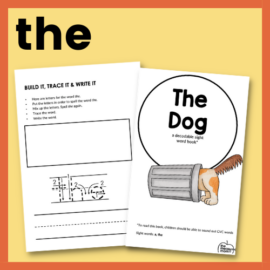
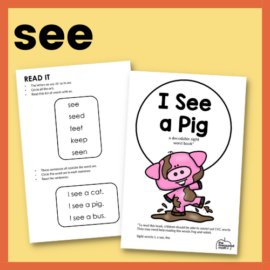
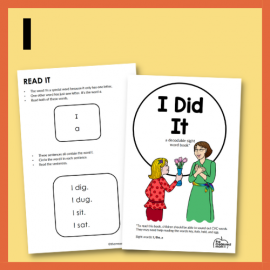
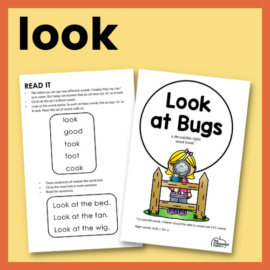 [image error]
[image error]
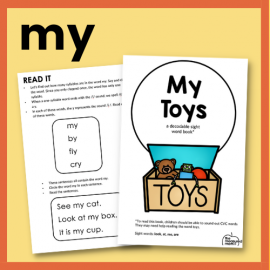 [image error]
[image error]
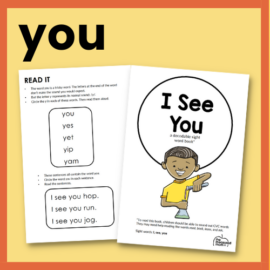 [image error]
[image error]
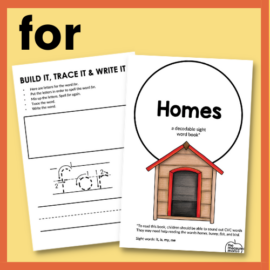
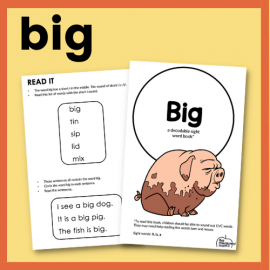
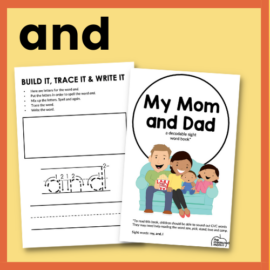
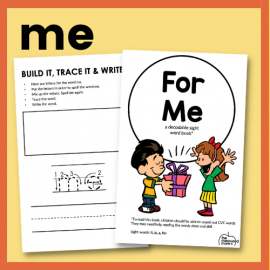
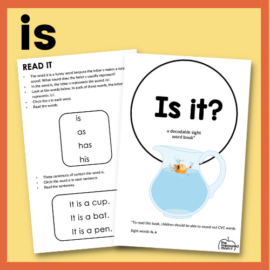
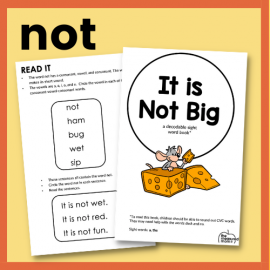
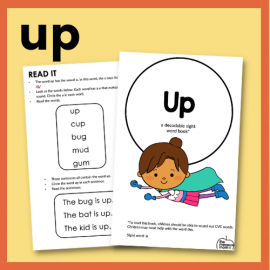
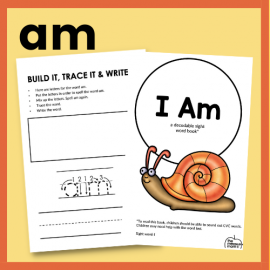
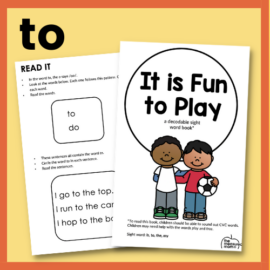
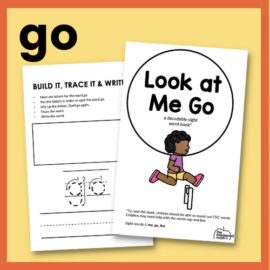 [image error]
[image error]
[image error]
[image error]
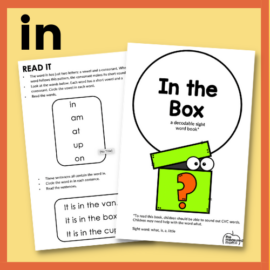
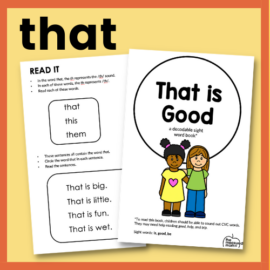
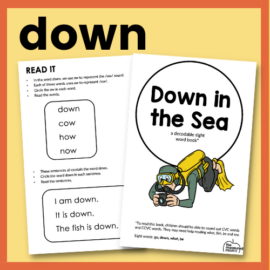
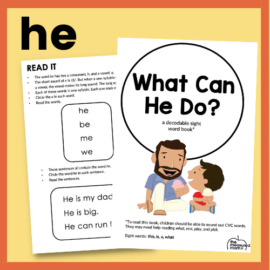
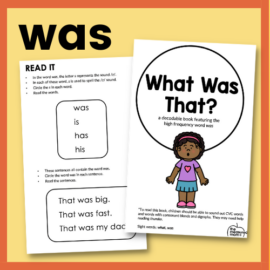
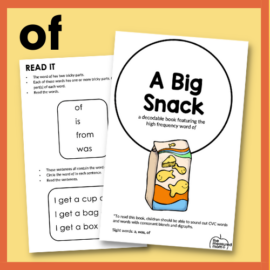 [image error]
[image error]
[image error]
[image error]
The post Sight word lessons and sight word books appeared first on The Measured Mom.
Anna Geiger's Blog
- Anna Geiger's profile
- 1 follower



